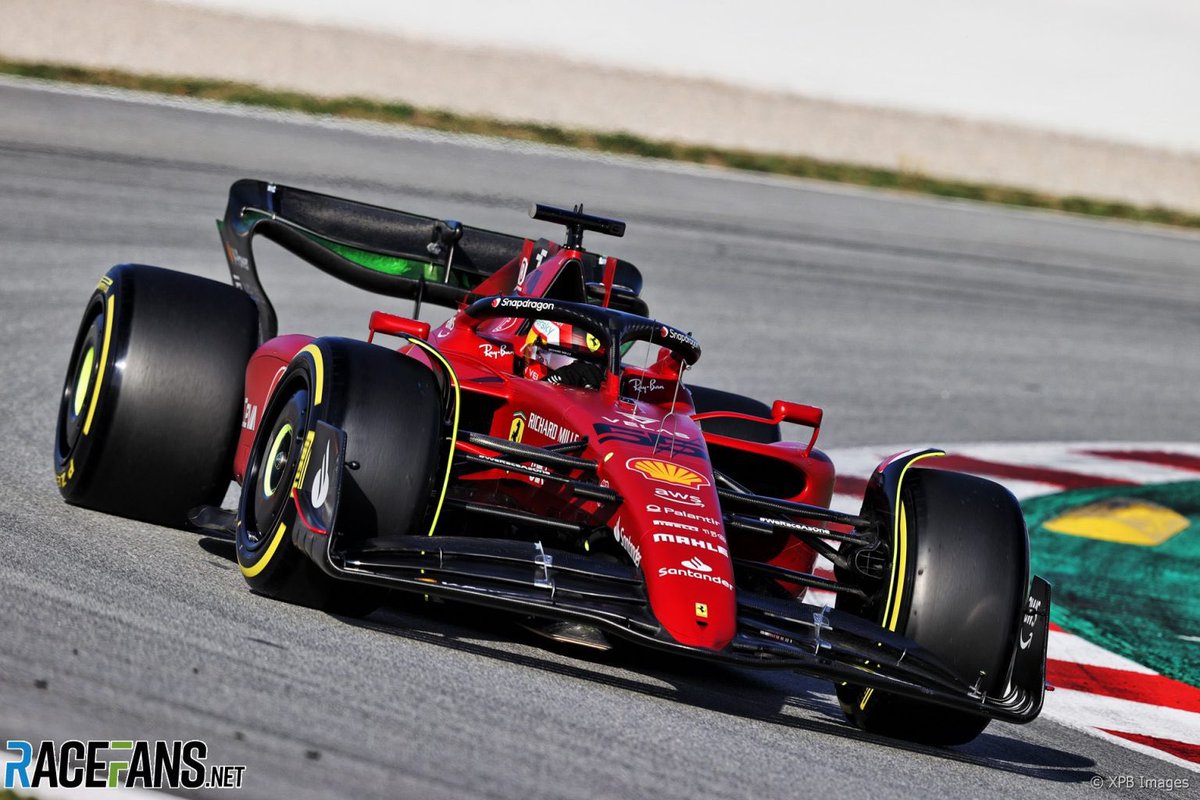
Enjoyed the thrilling #CanadianGP qualifying? Can't miss this thread then!
I will analyse the telemetries of the three best cars - with the unusual and extraordinary presence of Fernando Alonso @alo_oficial!
Let's see how the different car characteristics influenced the result:
I will analyse the telemetries of the three best cars - with the unusual and extraordinary presence of Fernando Alonso @alo_oficial!
Let's see how the different car characteristics influenced the result:

First, a look at the speed and delta time traces:
-VER had the highest top speed but also the lowest minimum speed. For both metrics, SAI and ALO are equal
-VER built up the gap in the first sector
-SAI was comfortably second for all the lap but threw it away in the last chicane!
-VER had the highest top speed but also the lowest minimum speed. For both metrics, SAI and ALO are equal
-VER built up the gap in the first sector
-SAI was comfortably second for all the lap but threw it away in the last chicane!

A look at driver inputs:
-SAI braked much more frequently than VER and ALO but often removed the throttle for less time➡️Different driving style
-SAI used higher gears on average, using the II gear only briefly - Shorter gears, different power curve or driving style
-SAI braked much more frequently than VER and ALO but often removed the throttle for less time➡️Different driving style
-SAI used higher gears on average, using the II gear only briefly - Shorter gears, different power curve or driving style

We conclude with the minisectors analysis!
-VER was fast at the end of the straights thanks to lower drag, but the advantage is not massive
-SAI was very strong in the middle of the straighs➡️ excellent power delivery
-ALO was competitive in the hairpin and in some chicanes
-VER was fast at the end of the straights thanks to lower drag, but the advantage is not massive
-SAI was very strong in the middle of the straighs➡️ excellent power delivery
-ALO was competitive in the hairpin and in some chicanes

And that's it!💥
Did you expect something different from the data? What surprises you the most? Let me know in the comments, and retweet this thread if you enjoyed it!📈🏎️
Don't forget to support the page here for more content like these: buymeacoffee.com/F1DataAnalysis.
Did you expect something different from the data? What surprises you the most? Let me know in the comments, and retweet this thread if you enjoyed it!📈🏎️
Don't forget to support the page here for more content like these: buymeacoffee.com/F1DataAnalysis.
• • •
Missing some Tweet in this thread? You can try to
force a refresh














